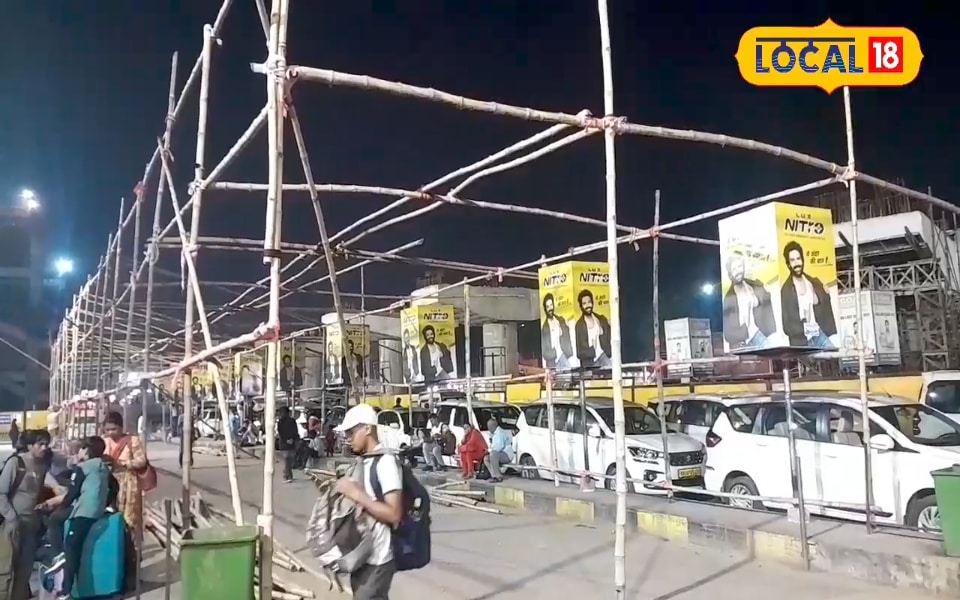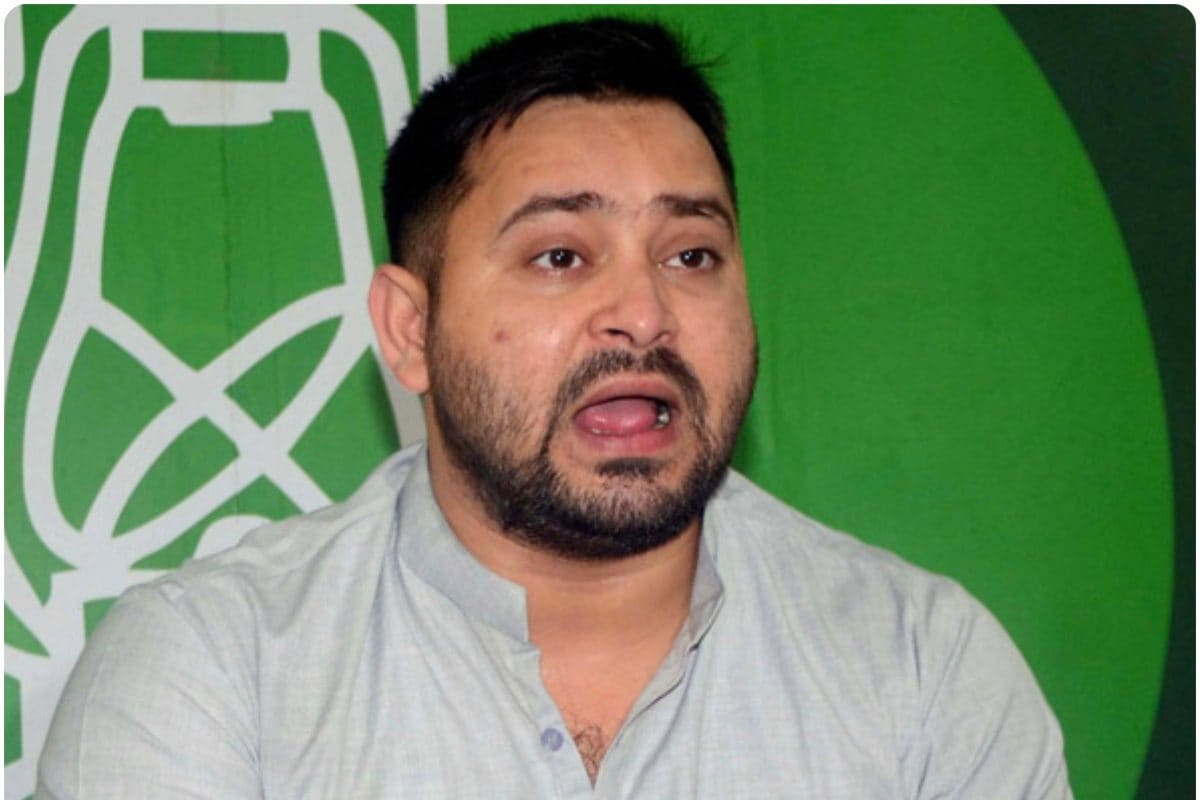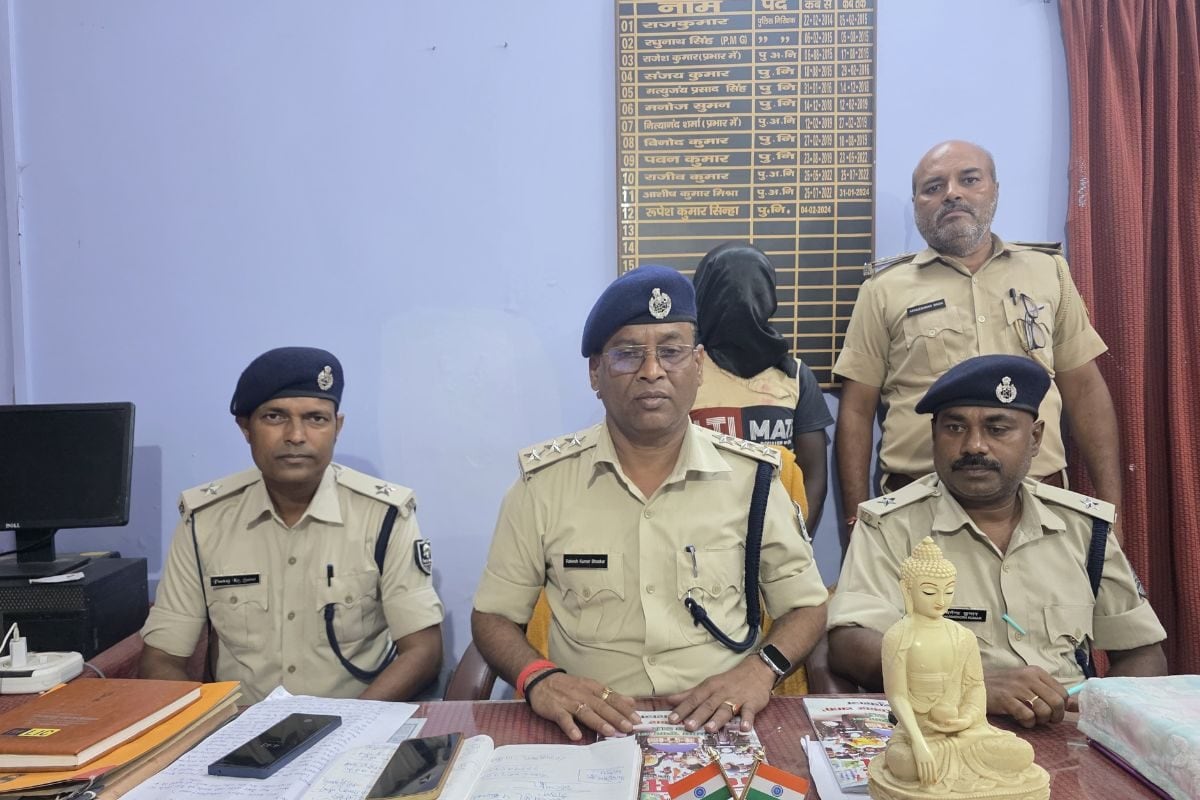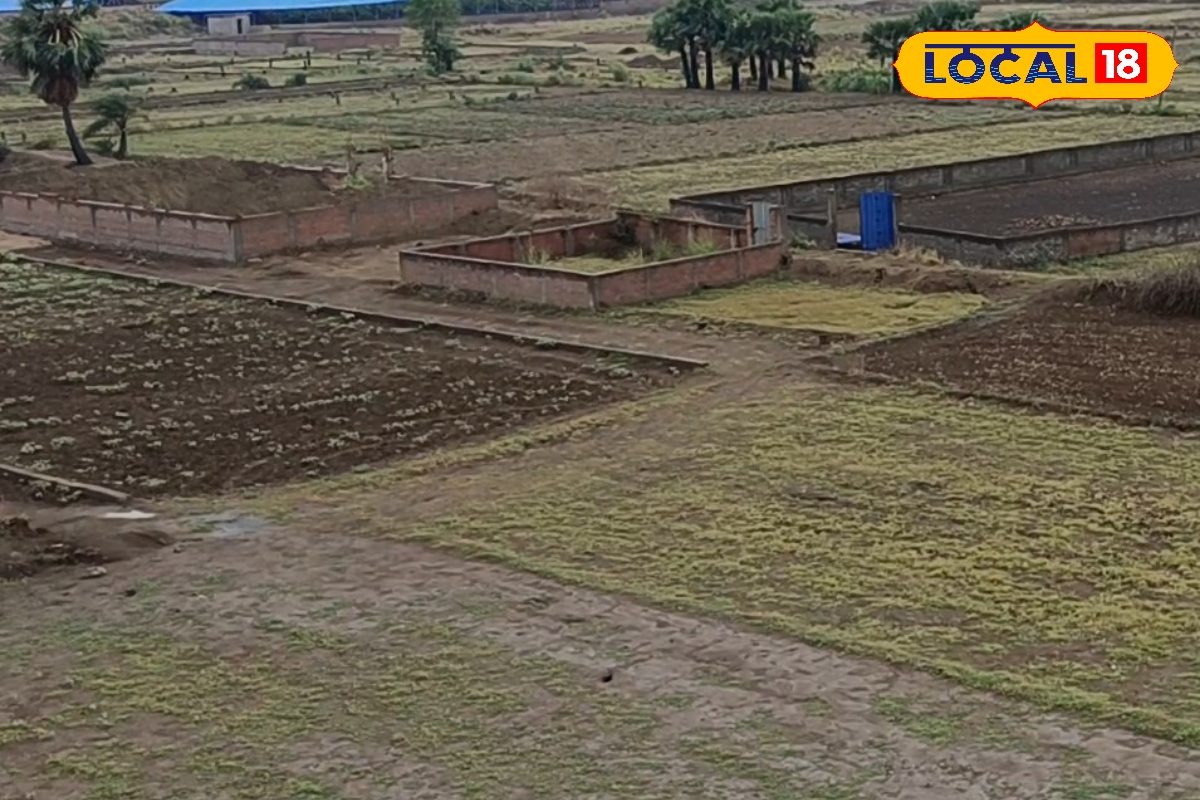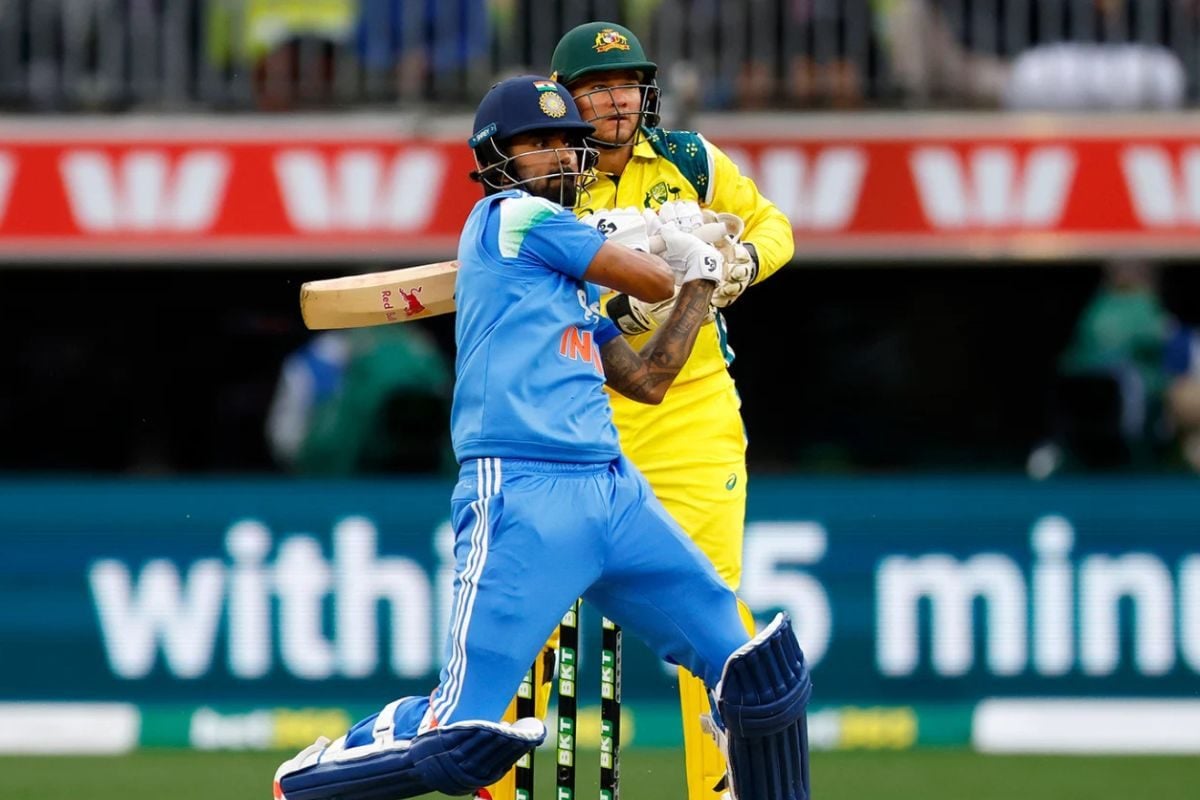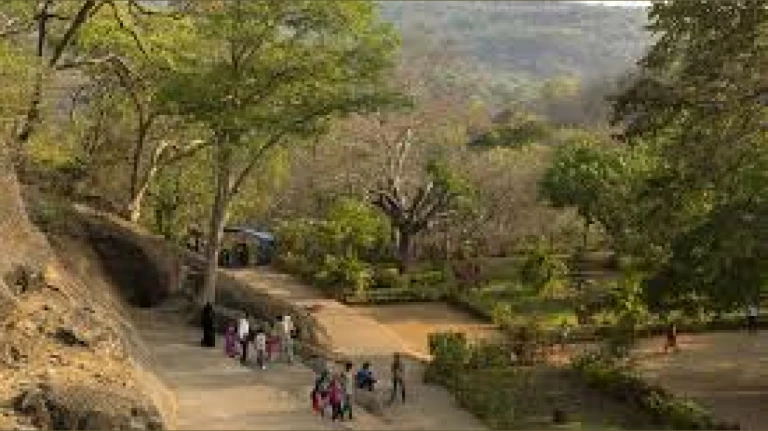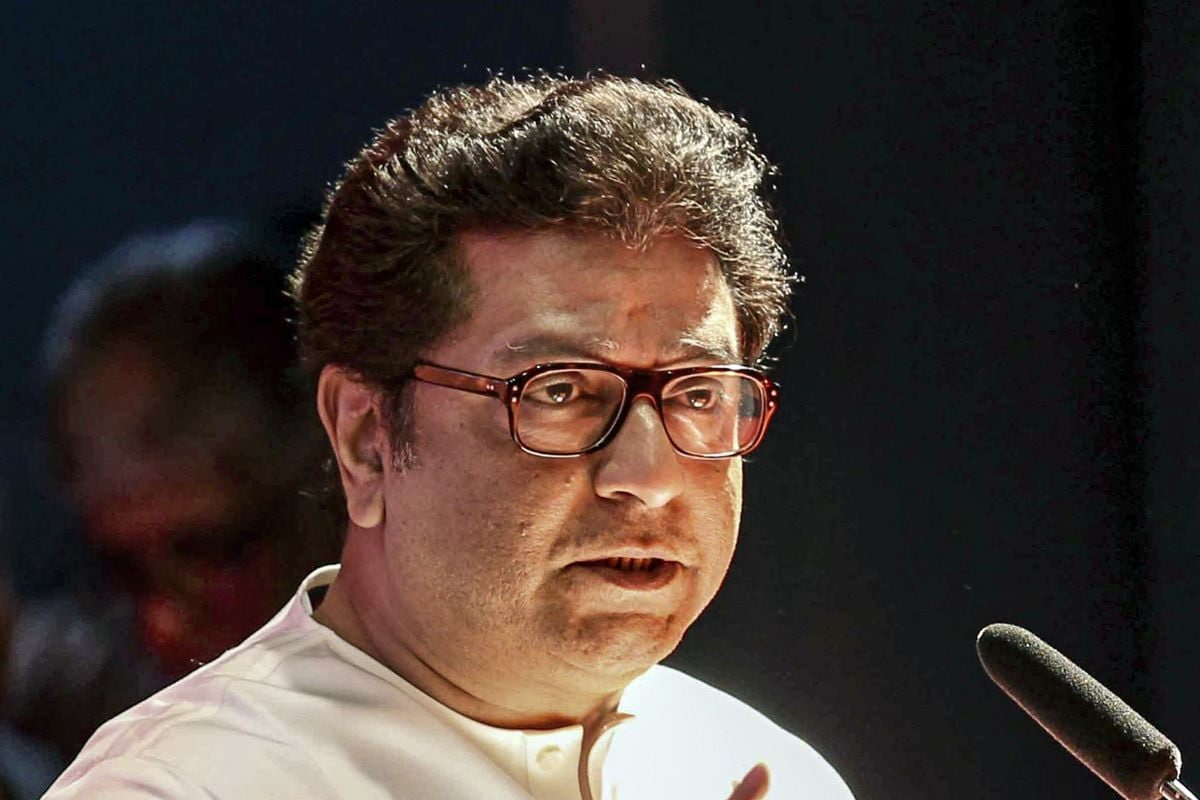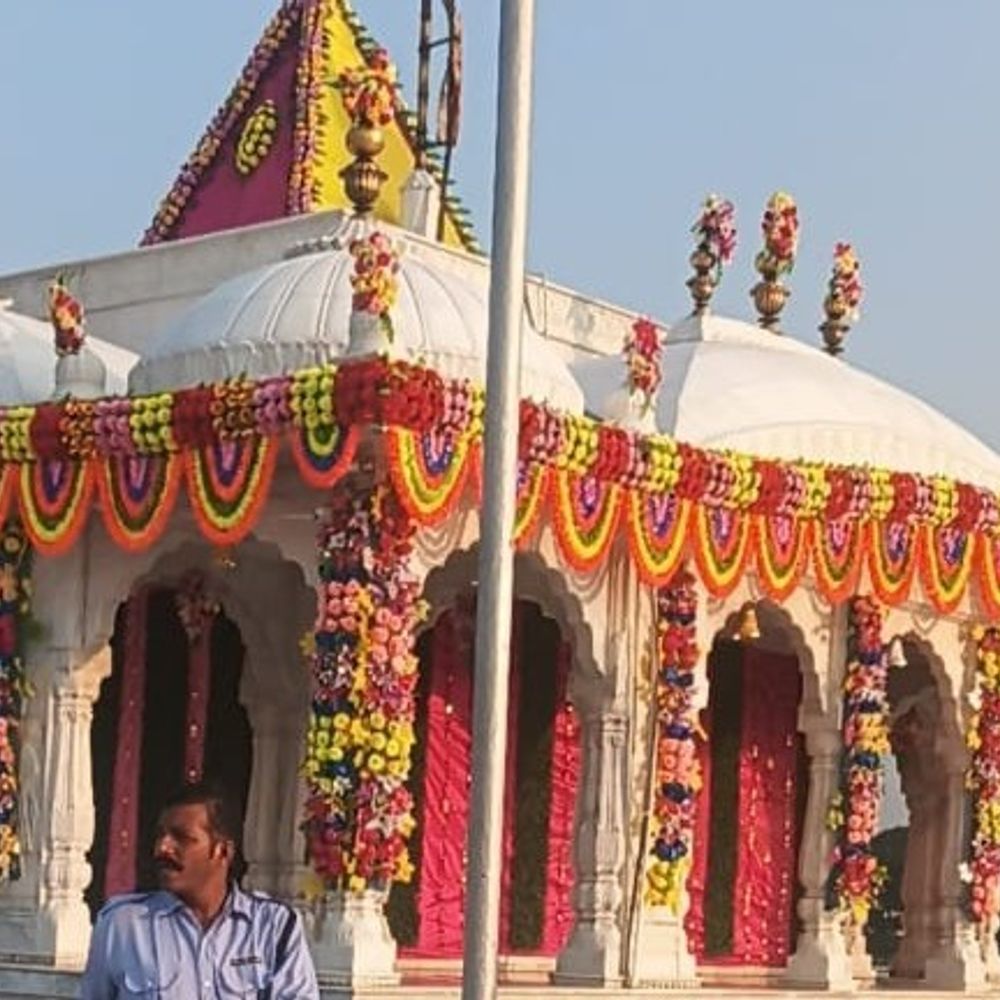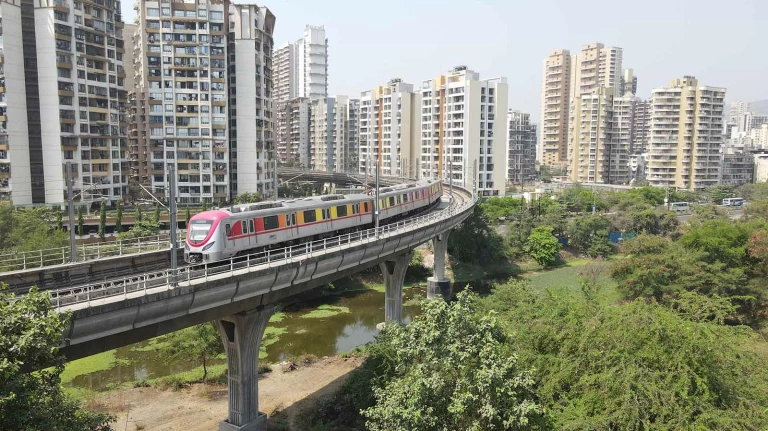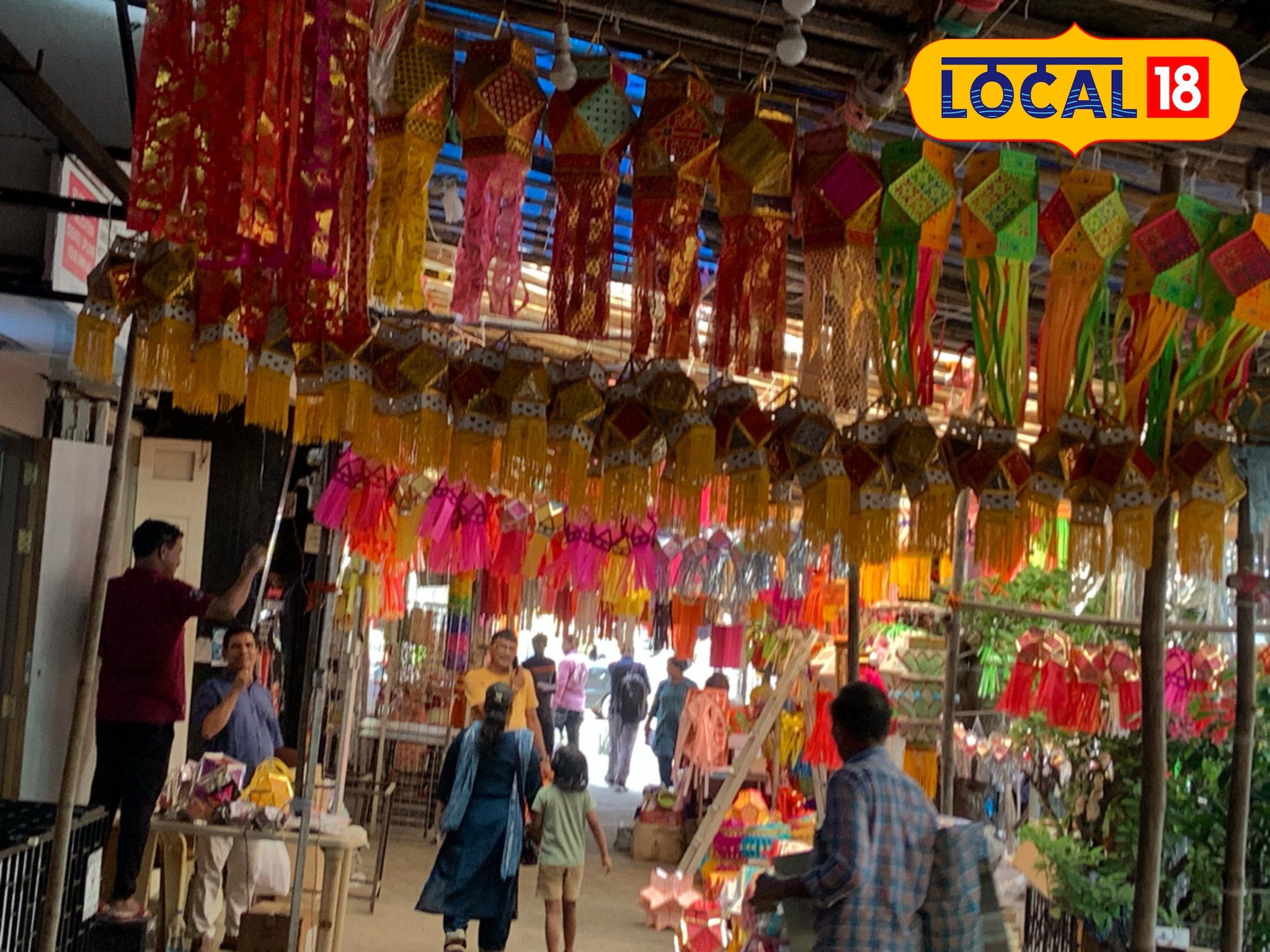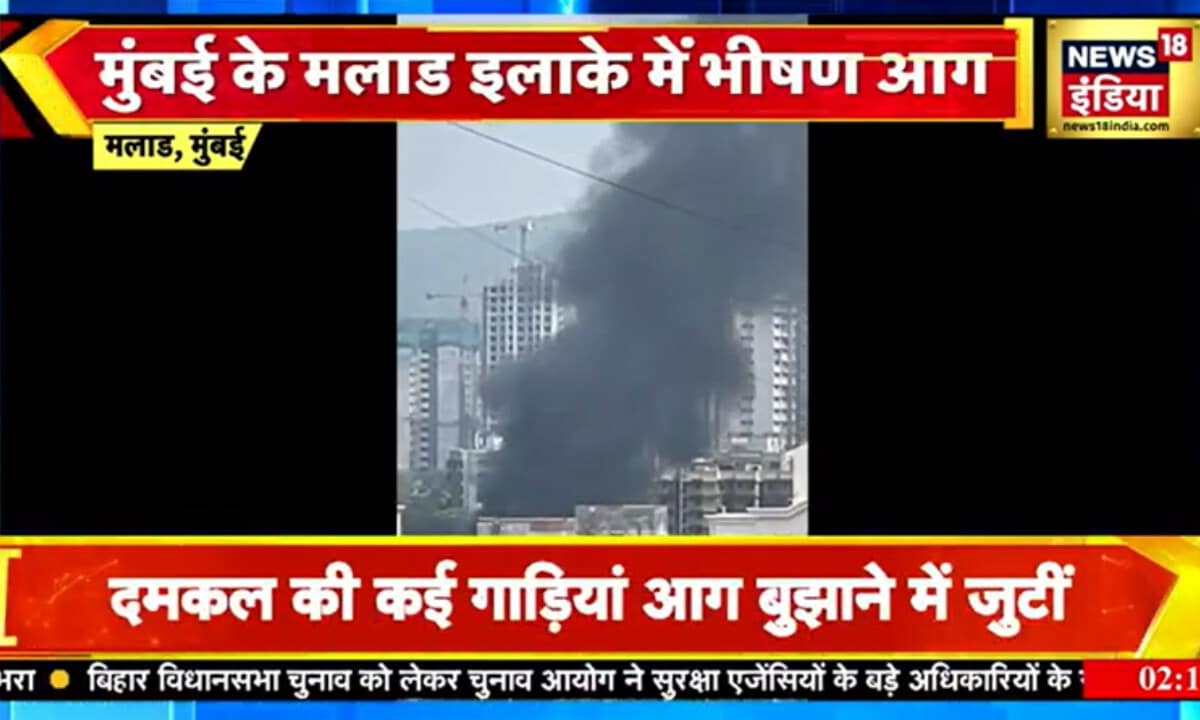BMC's Master Plan for National Park Draws Sharp Criticism for Diluting Eco-Sensitive Zone

With the suggestion-and-objection period for the Brihanmumbai Municipal Corporation’s draft Zonal Master Plan (ZMP) for Sanjay Gandhi National Park having been closed on October 17, the process was moved into the next stage, where a public hearing was expected to be scheduled after Diwali. It was indicated by a civic official that submissions from multiple channels were being consolidated and that the timetable for hearings would be determined once collation was completed.
A slate of concerns was registered by various stakeholders, with prominent objections being submitted by Urban Centre Mumbai under the leadership of conservation architect and urban planner Pankaj Joshi. Within those objections, it was alleged that the draft had “virtually justified” industrial, commercial, and residential activities inside the eco-sensitive zone (ESZ) by choosing regulation as the operative tool, rather than explicit exclusion. The approach was said to be inconsistent with the 2016 notification, under which ecological protection had been named as the primary goal for the ZMP.
Additional apprehensions were recorded around the plan’s terminology and land accounting. It was argued that the ESZ had been split into “developed” and “undeveloped” categories—phrasing that was described as ill-suited for ecological planning—and that only “10.42%” of the total area had been identified as ESZ, reportedly “under the umbrella of developed land.” By framing ESZ acreage in this manner, a warning of intent was suggested by objectors, and it was stated that the original conservation mandate had been diluted. The overall direction of the plan was characterized as one in which land was being opened for development, despite an intention that had been advertised as protective.
A climate-risk context was also supplied. It was reported that a New Jersey–based study had projected extensive submergence across Mumbai by 2080, with SGNP and limited elevated tracts such as Malabar Hill being expected to remain above sea level. In that light, it was urged that SGNP be retained entirely as forest so that critical ecological services and climate buffers would be preserved for the city’s future.
Other activists contributed further specificities. It was pointed out by environmentalist Amrita Bhattacharjee that permissive language such as “general businesses” within ESZ-2 had been left undefined and that such ambiguity could be exploited. From the perspective of tribal communities, it was stated by Tribals Rights Committee member Dinesh Habale that settlements inside the forest had not been mapped in the document and that, although a 75-acre plot at Marol Maroshi had been indicated for rehabilitation, the absence of a Marathi version of the plan had impeded objections from affected villagers. It was confirmed by Municipal Commissioner Bhushan Gagrani that a Marathi edition was not planned.
What's Your Reaction?
 Like
0
Like
0
 Dislike
0
Dislike
0
 Love
0
Love
0
 Funny
0
Funny
0
 Angry
0
Angry
0
 Sad
0
Sad
0
 Wow
0
Wow
0



